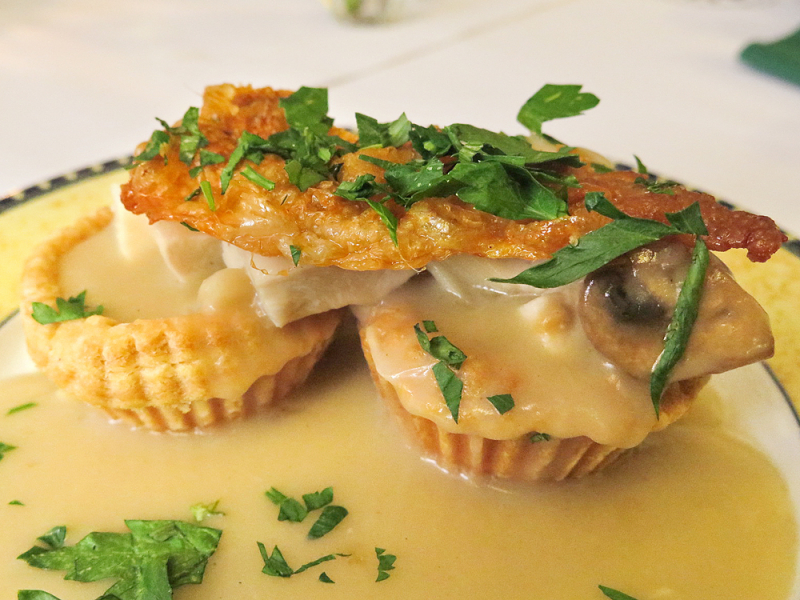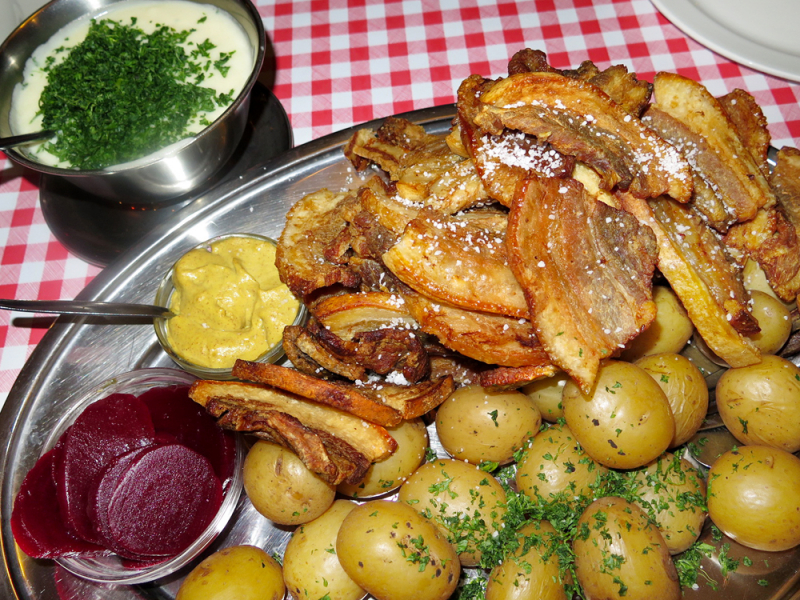Danish Cuisine
Danish cuisine, or det danske kkken, was evolved from the food that the peasantry produced themselves and was later improved by cooking methods created in the late 19th century and the increased accessibility of items during and after the Industrial Revolution. When made and adorned with a range of good ingredients, open sandwiches, also known as smrrebrd, which in their basic form are the typical lunch fare, can be regarded a national specialty.
Meat or fish is frequently used to produce hot meals. Flaeskesteg (roast pork with crackling) and kogt torsk (poached cod with mustard sauce and trimmings) are two substantial meat and seafood meals. The industrial revolution saw the widespread use of ground meats (pork, veal, or beef), and dishes like frikadeller (meat balls), karbonader (breaded pork patties), and medisterplse are still popular today (fried sausage). Danish beer brands Carlsberg and Tuborg, as well as akvavit and bitters, are well-known worldwide, but among Danes themselves, imported wine has been progressively gaining popularity since the 1960s.
The usage of imported tropical spices like cinnamon, cardamom, nutmeg, and black pepper may be dated to the Danish cuisine of the Middle Ages, and perhaps even to the Vikings. Cooking in Denmark has always been influenced by foreign and continental practices.








